Home>Maintenance & Safety>Pest Control Solutions>What Do Yellow Jackets Do When Nest Is Destroyed?
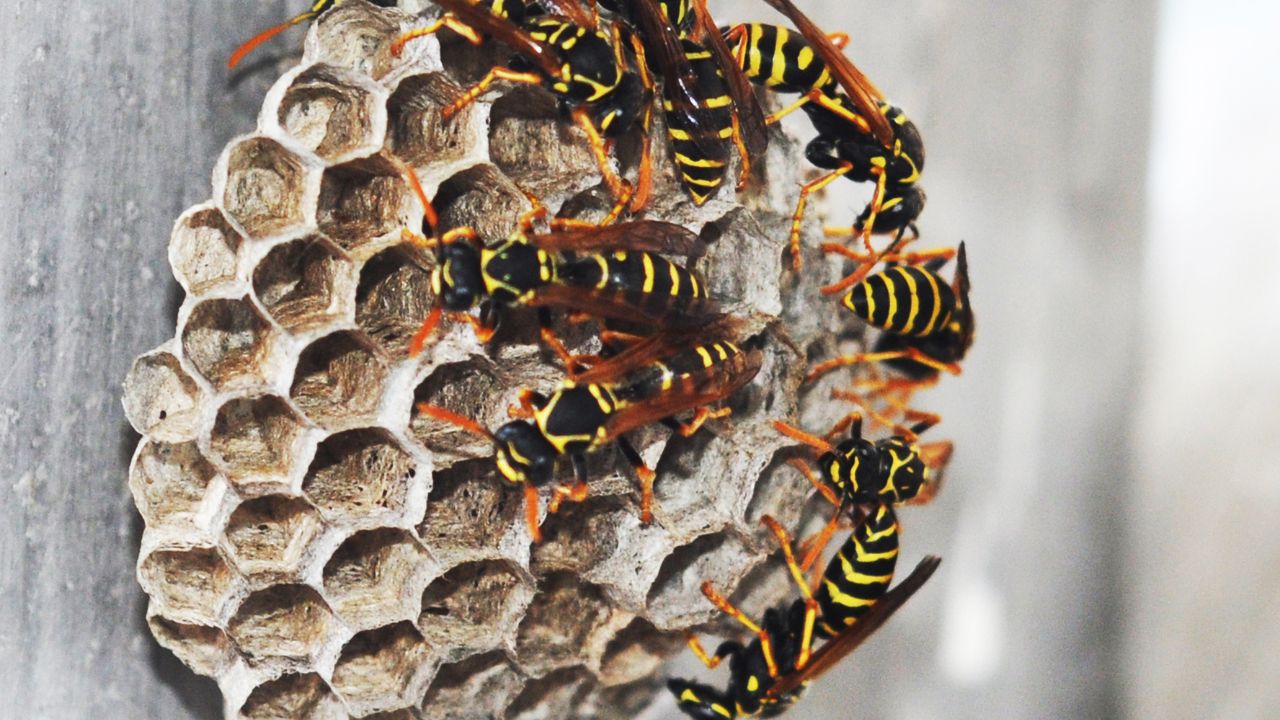

Pest Control Solutions
What Do Yellow Jackets Do When Nest Is Destroyed?
Modified: March 2, 2024
Discover effective pest control solutions for yellow jackets after their nest is destroyed. Learn how to prevent and manage yellow jacket infestations with expert tips.
(Many of the links in this article redirect to a specific reviewed product. Your purchase of these products through affiliate links helps to generate commission for Storables.com, at no extra cost. Learn more)
Introduction
Yellow jackets, known for their distinctive yellow and black markings, are a species of predatory wasps that are notorious for their aggressive nature when their nest is threatened. These stinging insects are commonly found in various environments, including urban areas, forests, and grasslands. Their nests, often located underground or in aerial locations, can house thousands of yellow jackets, making them a formidable presence.
Understanding the behavior of yellow jackets after their nest is destroyed is crucial for individuals and pest control professionals alike. When a yellow jacket nest is disturbed or destroyed, the repercussions can be significant, impacting not only the insects themselves but also the surrounding environment and human activities. By delving into the post-destruction behavior of yellow jackets, we can gain valuable insights into their survival strategies and the potential risks they pose to humans and other creatures.
In the following sections, we will explore the behavior of yellow jackets after their nest is destroyed, their survival strategies, and the impact of their actions on the surrounding area. By shedding light on these aspects, we can develop a deeper understanding of the complex dynamics at play when dealing with these formidable insects.
Key Takeaways:
- When yellow jacket nests are destroyed, they become agitated, scatter to find new homes, and scavenge for food. Understanding their behavior helps us manage them effectively and stay safe.
- After nest destruction, yellow jackets impact the environment, agriculture, and public health. Proactive pest management and awareness are crucial for minimizing these risks and promoting coexistence.
Read more: Where Do Yellow Jackets Make Their Nest
Behavior of Yellow Jackets After Nest Destruction
After the destruction of their nest, yellow jackets exhibit a range of behaviors that are driven by their instinctual responses to the sudden disruption of their habitat. These behaviors are influenced by the yellow jackets' social structure, survival instincts, and their role as predators in the ecosystem.
-
Agitation and Aggression: When their nest is destroyed, yellow jackets enter a state of heightened agitation and aggression. This is a natural response to the perceived threat to their colony and the need to defend themselves. The sudden disturbance triggers a defensive reaction, causing the yellow jackets to become more aggressive in their attempts to protect the remnants of their nest and the surviving members of their colony.
-
Scavenging and Foraging: Following the destruction of their nest, yellow jackets may engage in scavenging and foraging activities in an attempt to secure food and resources. This behavior is driven by the urgent need to sustain the surviving members of the colony and maintain their energy levels. Yellow jackets are known for their scavenging prowess, and they will actively seek out sources of sustenance to support their continued survival.
-
Disorientation and Dispersal: The destruction of their nest can lead to a state of disorientation among the yellow jackets as they grapple with the sudden loss of their shelter and resources. This disorientation may result in the dispersal of the yellow jackets as they seek alternative locations to regroup and establish a new nesting site. The dispersal of the yellow jackets can pose challenges for pest control efforts, as the insects may spread out across a wider area in search of a new habitat.
-
Rebuilding Efforts: In some cases, particularly if a portion of the nest remains intact, yellow jackets may exhibit attempts to rebuild and fortify their damaged habitat. This can involve the construction of makeshift structures and the consolidation of their remaining resources in a bid to salvage their colony. The rebuilding efforts of the yellow jackets reflect their resilience and determination to overcome the adversity of nest destruction.
-
Seeking Shelter: After the destruction of their nest, yellow jackets may seek shelter in alternative locations, such as nearby vegetation, crevices, or human-made structures. This behavior is driven by the instinctual need to find a secure refuge to protect themselves and regroup with other members of the colony. The search for shelter can lead yellow jackets into close proximity with human-inhabited areas, potentially increasing the risk of encounters and conflicts.
The behavior of yellow jackets after the destruction of their nest underscores the complex dynamics at play when dealing with these formidable insects. Understanding their post-destruction behaviors is essential for developing effective pest control strategies and mitigating potential risks to human and environmental well-being.
Survival Strategies
After the destruction of their nest, yellow jackets employ a range of survival strategies aimed at ensuring the continuity of their colony and the preservation of their species. These strategies are deeply ingrained in the instinctual behaviors of the yellow jackets and reflect their resilience in the face of adversity.
One of the primary survival strategies adopted by yellow jackets involves the dispersal of the surviving members of the colony. This dispersal serves multiple purposes, including the search for alternative nesting sites, the acquisition of food and resources, and the regrouping of the colony members. By spreading out across the surrounding environment, the yellow jackets increase their chances of finding suitable locations to establish new nests, thereby ensuring the continuation of their reproductive cycle and the perpetuation of their species.
Additionally, yellow jackets exhibit remarkable adaptability in their scavenging and foraging efforts. In the aftermath of nest destruction, the insects actively seek out sources of sustenance, including nectar, fruits, and other insects. Their scavenging prowess allows them to capitalize on diverse food sources, enabling them to sustain themselves and support the development of new colonies. This adaptability in foraging behavior is a key survival strategy that underpins the resilience of yellow jackets in the face of environmental disruptions.
Furthermore, the construction of makeshift shelters and the fortification of remaining nest structures represent crucial survival strategies employed by yellow jackets. In instances where a portion of the nest remains intact, the insects demonstrate remarkable resourcefulness in rebuilding and reinforcing their habitat. This adaptive behavior reflects the yellow jackets' determination to overcome the challenges posed by nest destruction and underscores their tenacity in preserving their colonies.
Moreover, the aggressive defense of surviving colony members and resources serves as a vital survival strategy for yellow jackets. The insects fiercely protect their remaining nest materials, larvae, and food reserves, exhibiting a steadfast commitment to safeguarding the continuity of their colony. This defensive behavior is integral to the survival of the yellow jackets and underscores their unwavering dedication to preserving their social structure and reproductive capabilities.
In essence, the survival strategies employed by yellow jackets following the destruction of their nest exemplify their remarkable adaptability, resilience, and determination. By leveraging dispersal, adaptability in foraging, resourcefulness in rebuilding, and steadfast defense, the yellow jackets strive to ensure the continuity of their colonies and the perpetuation of their species in the face of environmental upheaval. Understanding these survival strategies is essential for developing effective pest management approaches and mitigating the potential impact of yellow jacket activities on human and environmental well-being.
After destroying a yellow jacket nest, be cautious of any remaining aggressive yellow jackets. They may become more aggressive and sting in defense. It’s best to leave the area and call a professional for removal.
Impact on Surrounding Area
The impact of yellow jackets on the surrounding area following the destruction of their nest can be multifaceted, encompassing ecological, agricultural, and public health implications. Understanding these impacts is crucial for assessing the potential risks posed by the post-destruction behavior of yellow jackets and implementing targeted mitigation measures.
One of the primary ecological impacts stems from the dispersal of yellow jackets across the surrounding environment. As the insects seek alternative nesting sites and foraging grounds, their expanded presence can disrupt local ecosystems and native species. This can lead to heightened competition for resources and potential predation on other insect populations, influencing the delicate balance of the ecosystem.
Furthermore, the scavenging activities of yellow jackets following nest destruction can impact agricultural settings. These insects are known to target ripe fruits, decimate crops, and prey on beneficial insects, posing challenges for farmers and horticulturists. The economic repercussions of such agricultural impacts can be significant, affecting crop yields and agricultural productivity.
In addition to ecological and agricultural impacts, the presence of dispersed yellow jackets can pose risks to public health and safety. The aggressive nature of these insects, especially when agitated by the destruction of their nest, increases the likelihood of stinging incidents. This can be particularly concerning in urban and recreational areas, where human interactions with yellow jackets are more prevalent. The potential for allergic reactions to yellow jacket stings further amplifies the public health risks associated with their post-destruction behavior.
Moreover, the search for shelter by displaced yellow jackets can bring them into closer proximity to human-inhabited spaces, raising the potential for confrontations and conflicts. This can lead to heightened anxiety and discomfort among individuals, particularly those with a fear of stinging insects. The presence of yellow jackets in residential areas, parks, and outdoor venues can impact the overall well-being and enjoyment of these spaces.
The cumulative impact of yellow jackets on the surrounding area underscores the need for proactive pest management strategies and public awareness initiatives. By addressing the ecological, agricultural, and public health implications of post-destruction yellow jacket behavior, stakeholders can work towards mitigating the risks and fostering harmonious coexistence with these formidable insects.
In summary, the impact of yellow jackets on the surrounding area following nest destruction encompasses ecological disruptions, agricultural challenges, and public health concerns. By recognizing and addressing these impacts, communities and pest control professionals can strive to minimize the repercussions and promote a balanced ecosystem while ensuring the safety and well-being of individuals.
Conclusion
In conclusion, the behavior of yellow jackets after the destruction of their nest reveals a complex interplay of instinctual responses, survival strategies, and impacts on the surrounding environment. The post-destruction behavior of yellow jackets is characterized by heightened agitation and aggression, scavenging and foraging activities, dispersal and disorientation, rebuilding efforts, and the search for shelter. These behaviors are deeply rooted in the instinctual drive of the yellow jackets to ensure the continuity of their colonies and the preservation of their species.
The survival strategies employed by yellow jackets following nest destruction underscore their remarkable adaptability, resilience, and determination. Through dispersal, adaptability in foraging, resourcefulness in rebuilding, and steadfast defense, the yellow jackets strive to overcome the challenges posed by environmental disruptions and safeguard the continuity of their colonies. Understanding these survival strategies is essential for developing effective pest management approaches and mitigating the potential impact of yellow jacket activities on human and environmental well-being.
Furthermore, the impact of yellow jackets on the surrounding area following nest destruction encompasses ecological disruptions, agricultural challenges, and public health concerns. The dispersal of yellow jackets can disrupt local ecosystems, pose risks to agricultural settings, and raise public health and safety concerns. Addressing these impacts requires proactive pest management strategies, public awareness initiatives, and a comprehensive understanding of the ecological and societal dynamics at play.
By shedding light on the behavior, survival strategies, and impacts of yellow jackets after nest destruction, we can gain valuable insights into the intricate relationship between these formidable insects and the surrounding environment. This understanding serves as a foundation for developing holistic approaches to pest management, fostering coexistence with yellow jackets, and mitigating the potential risks they pose to ecosystems, agriculture, and public well-being.
In essence, the post-destruction behavior of yellow jackets offers a window into the resilience and adaptability of these insects in the face of environmental upheaval. By recognizing their instinctual responses, survival strategies, and impacts, we can work towards fostering a balanced coexistence with yellow jackets while promoting the safety, harmony, and sustainability of our shared environment.
Frequently Asked Questions about What Do Yellow Jackets Do When Nest Is Destroyed?
Was this page helpful?
At Storables.com, we guarantee accurate and reliable information. Our content, validated by Expert Board Contributors, is crafted following stringent Editorial Policies. We're committed to providing you with well-researched, expert-backed insights for all your informational needs.
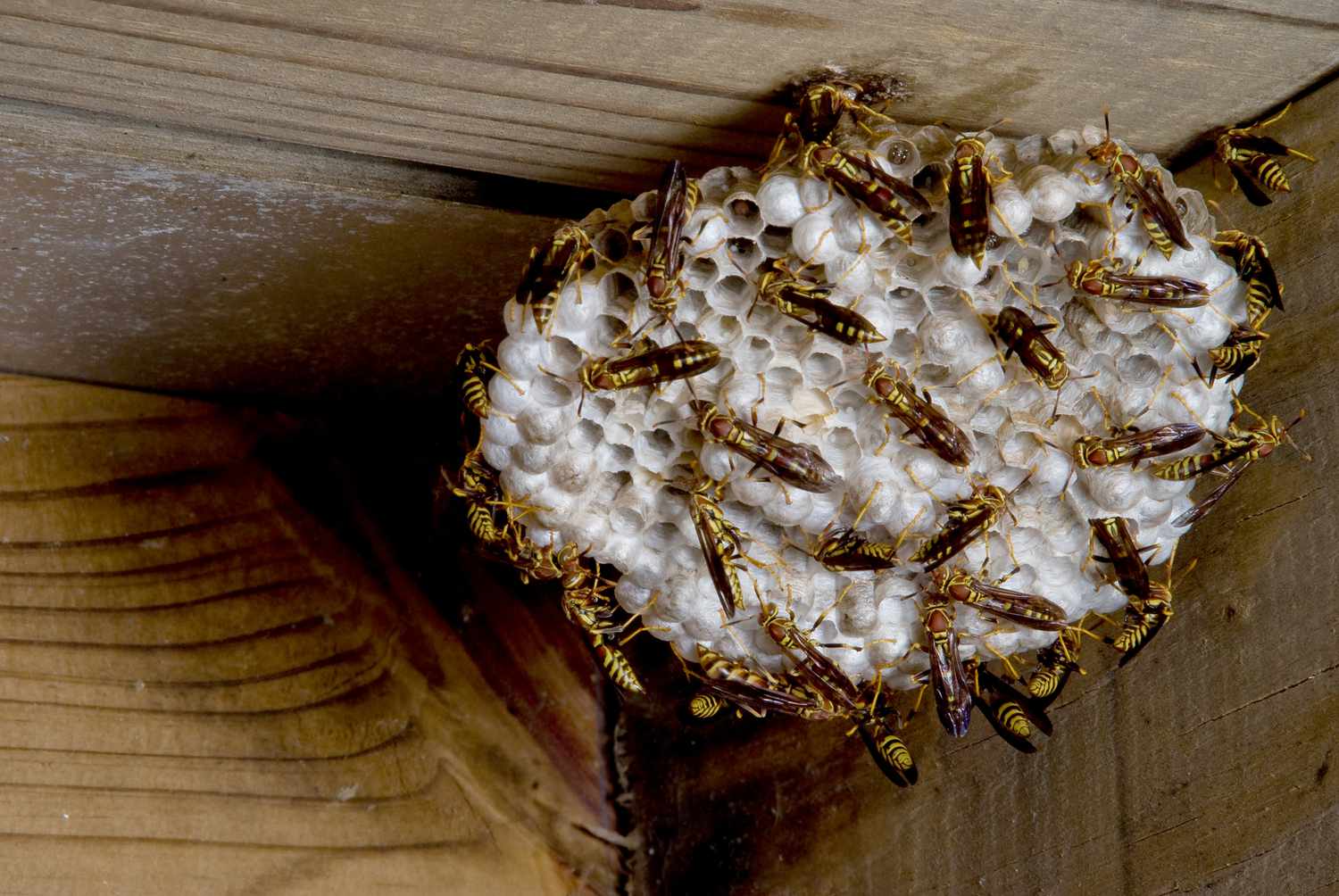
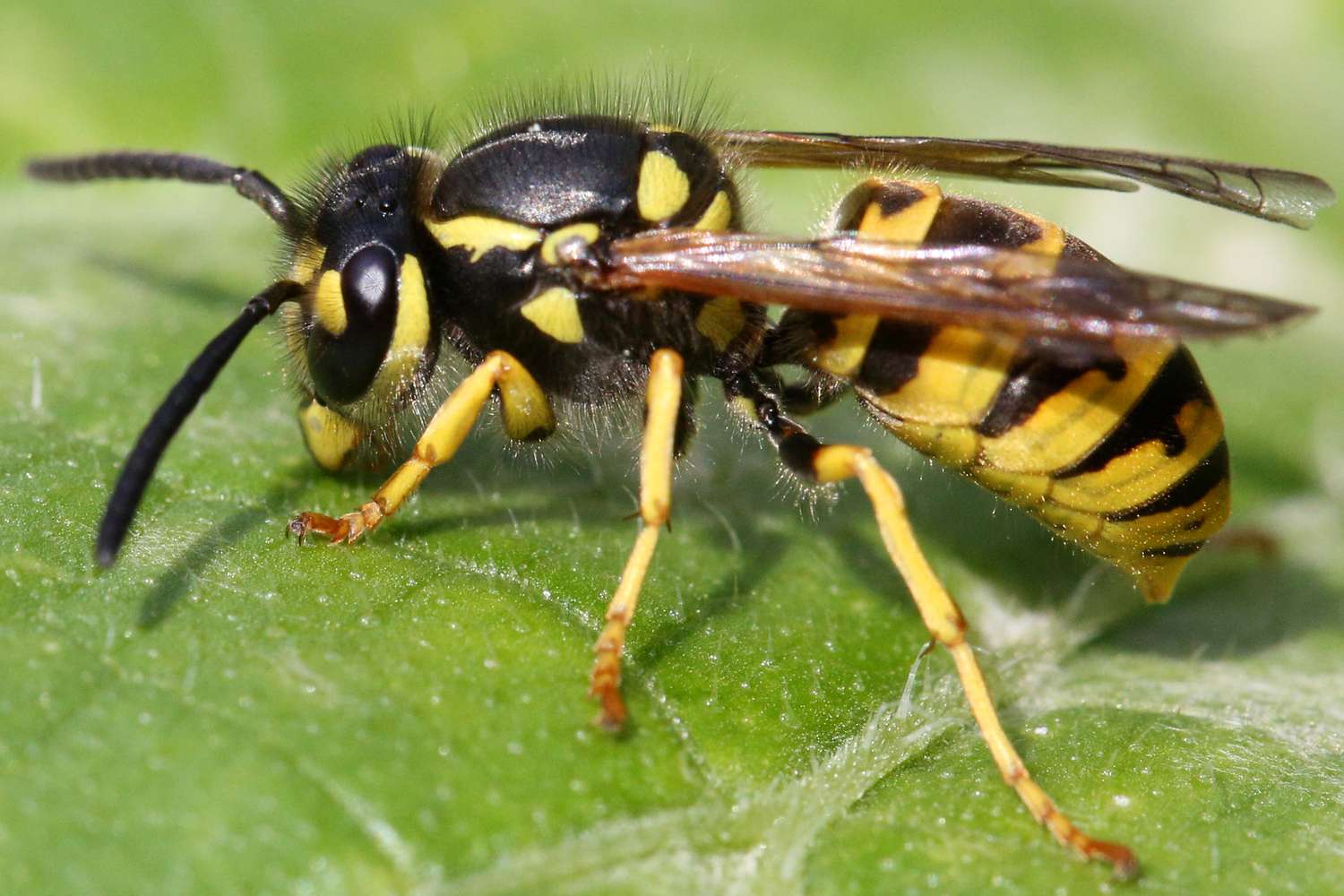
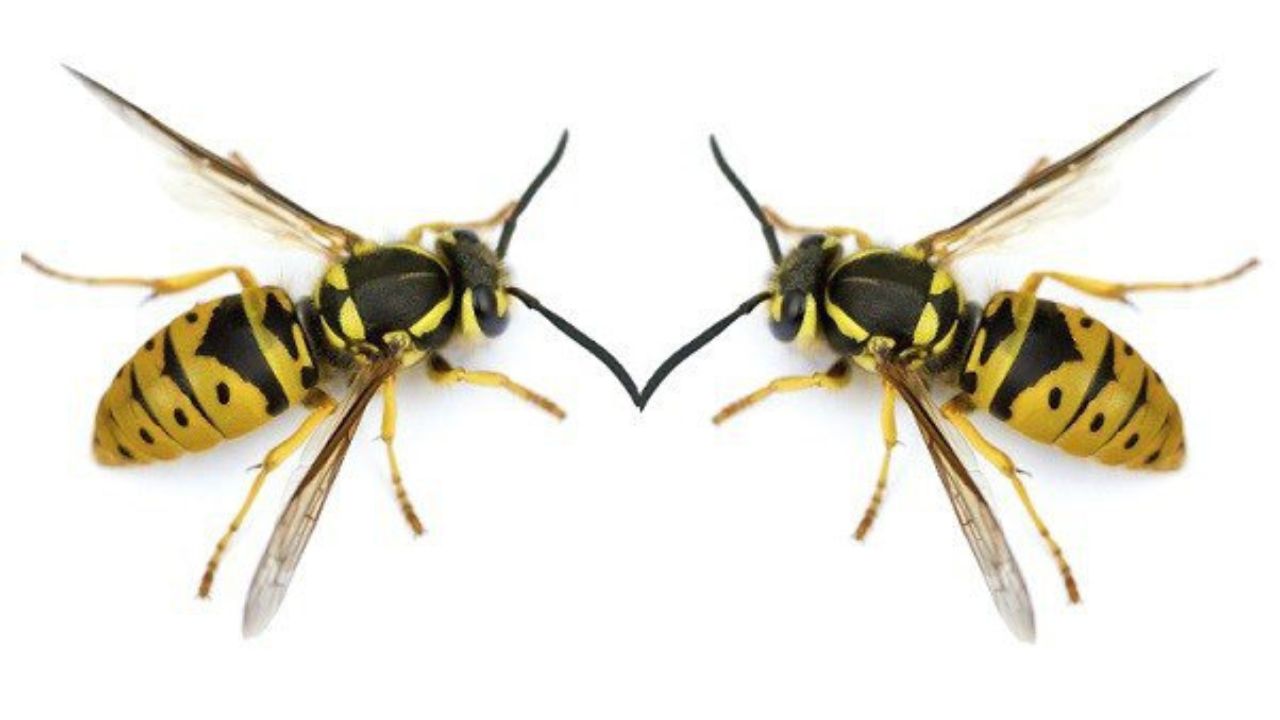
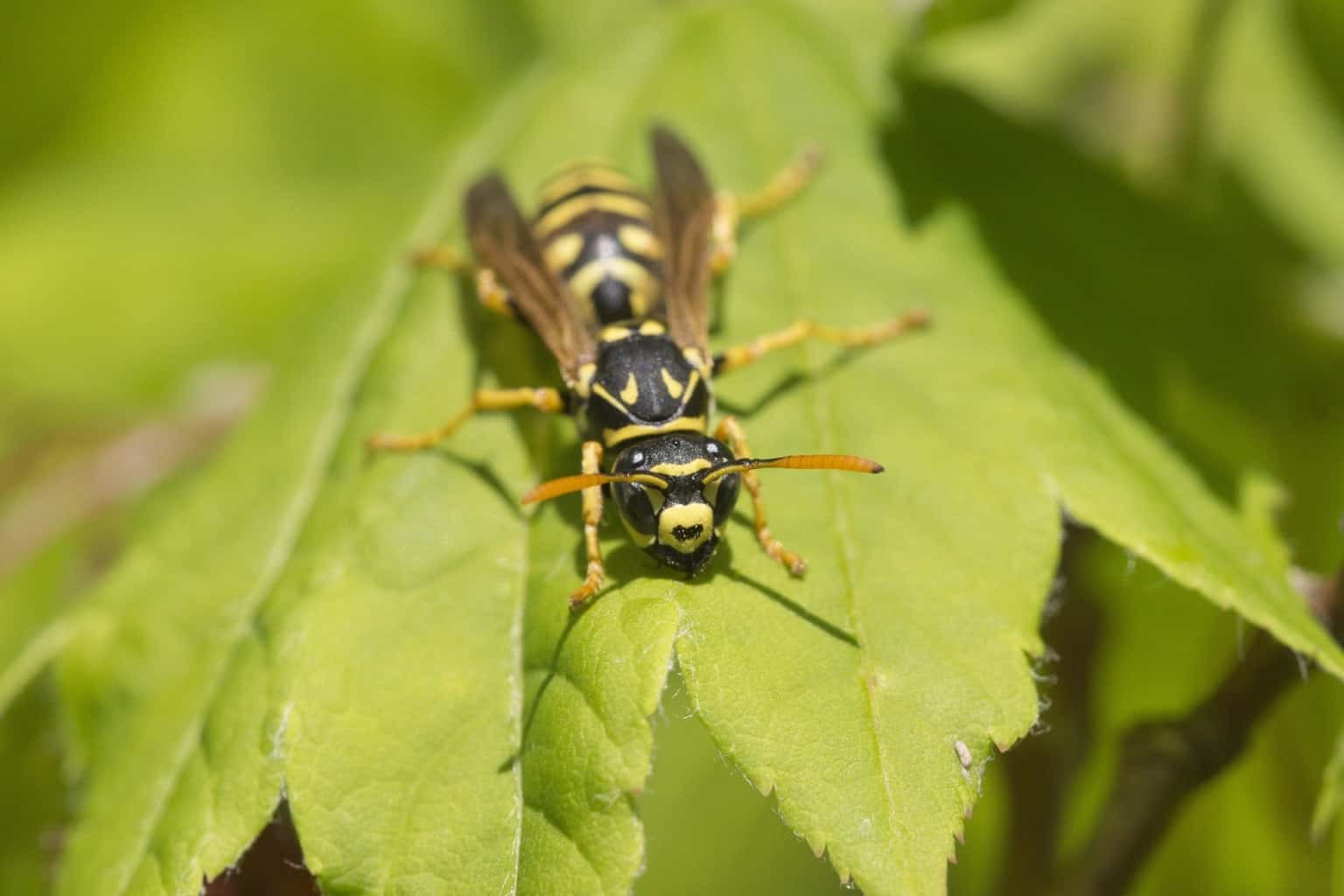
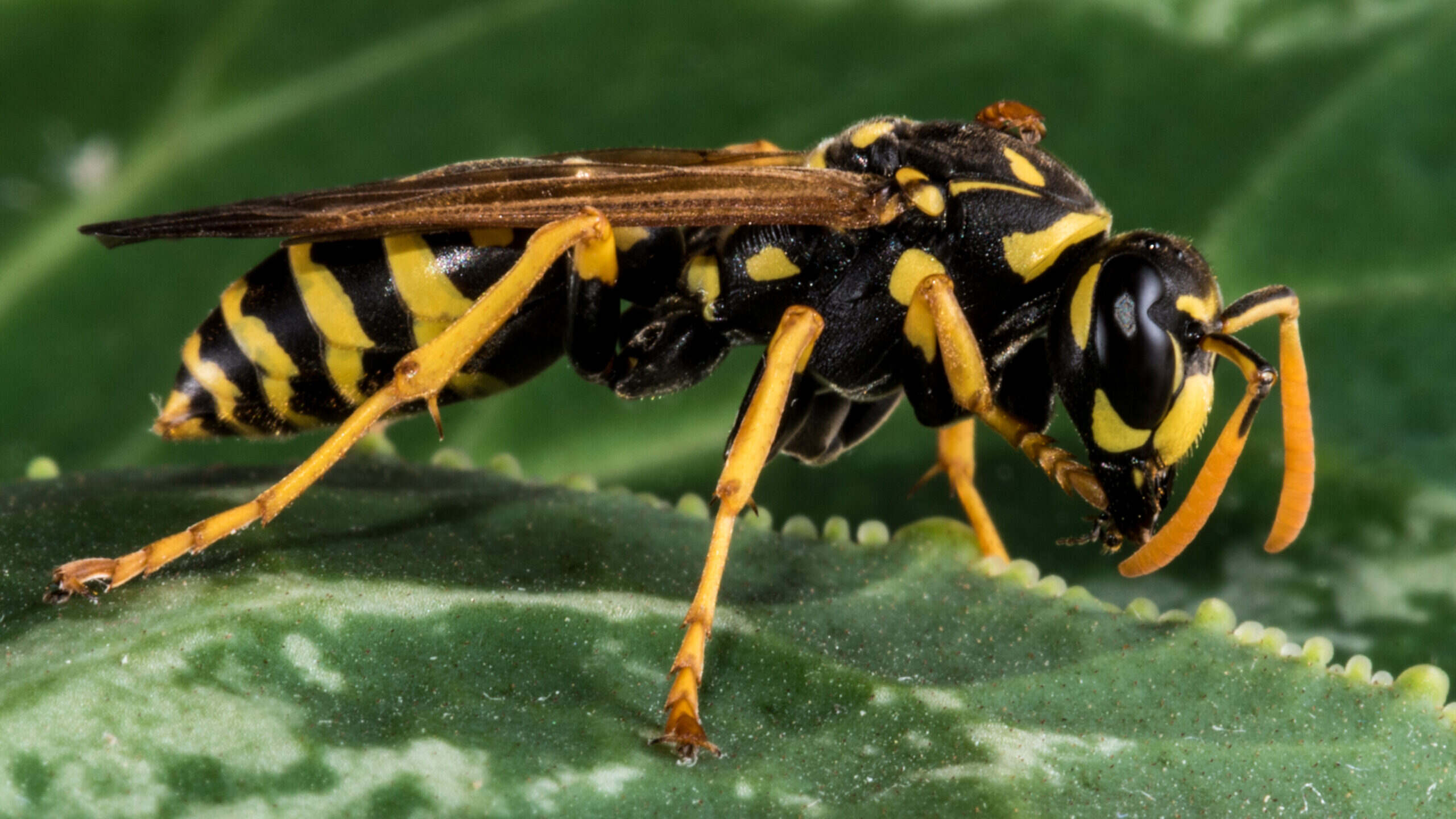
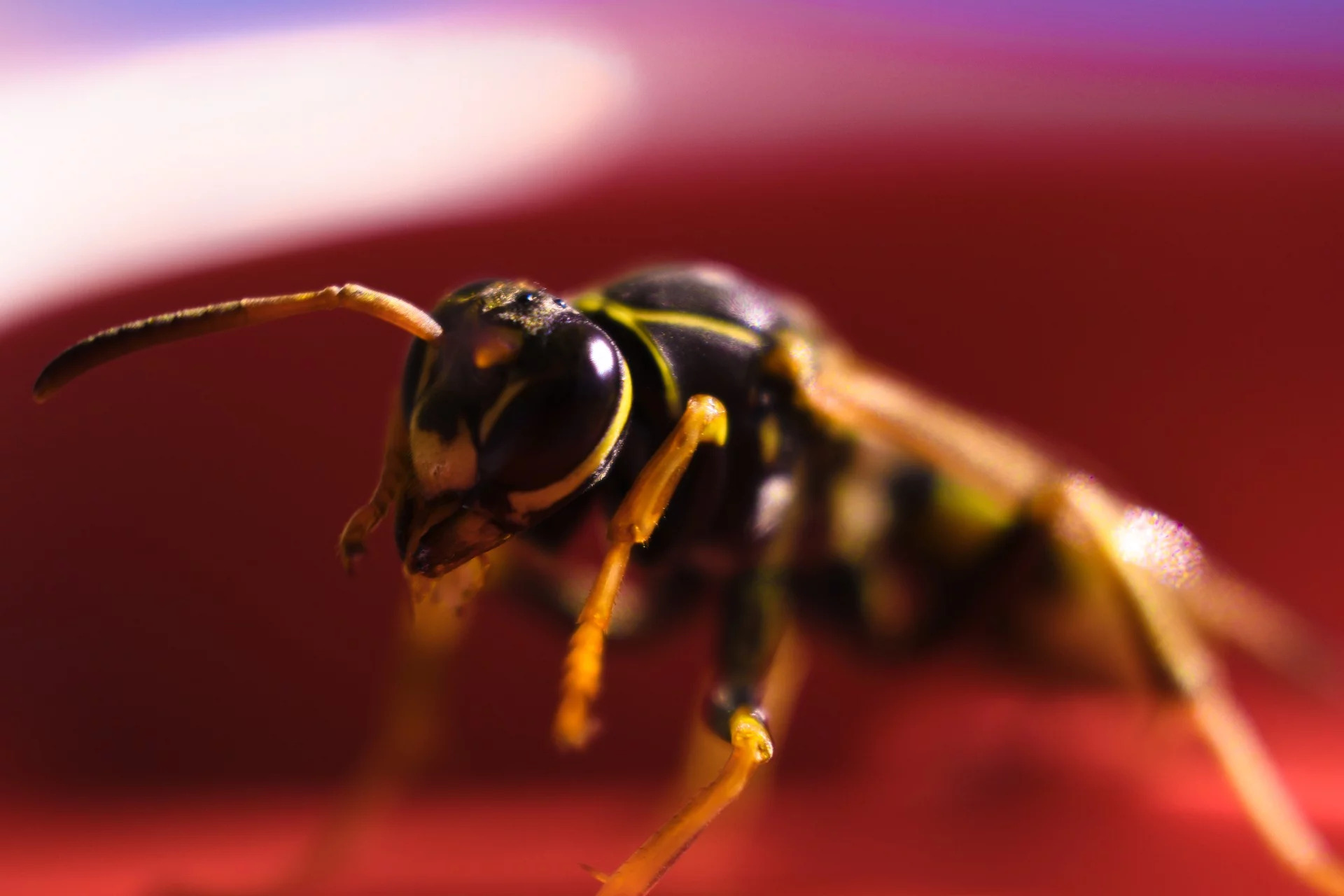
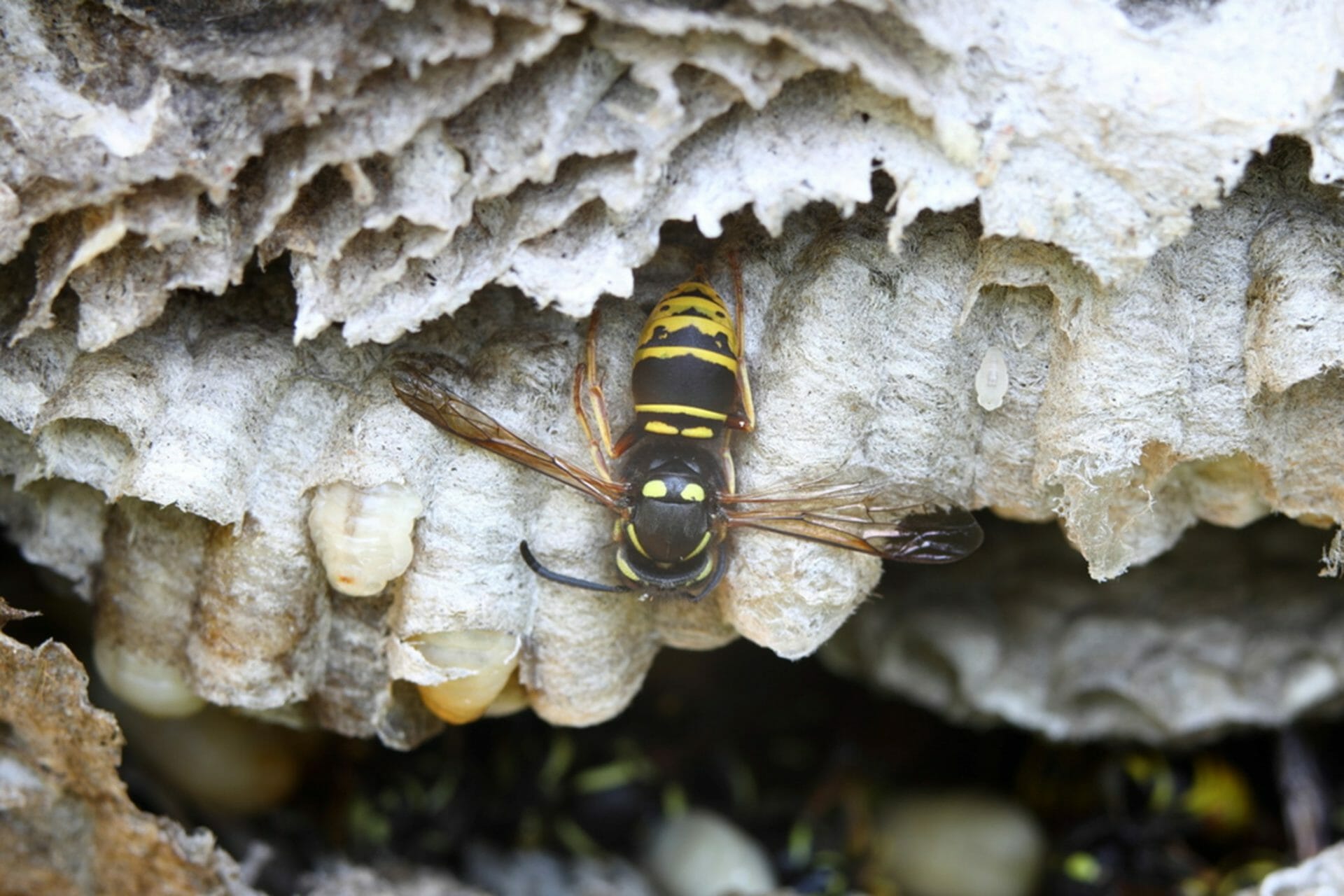
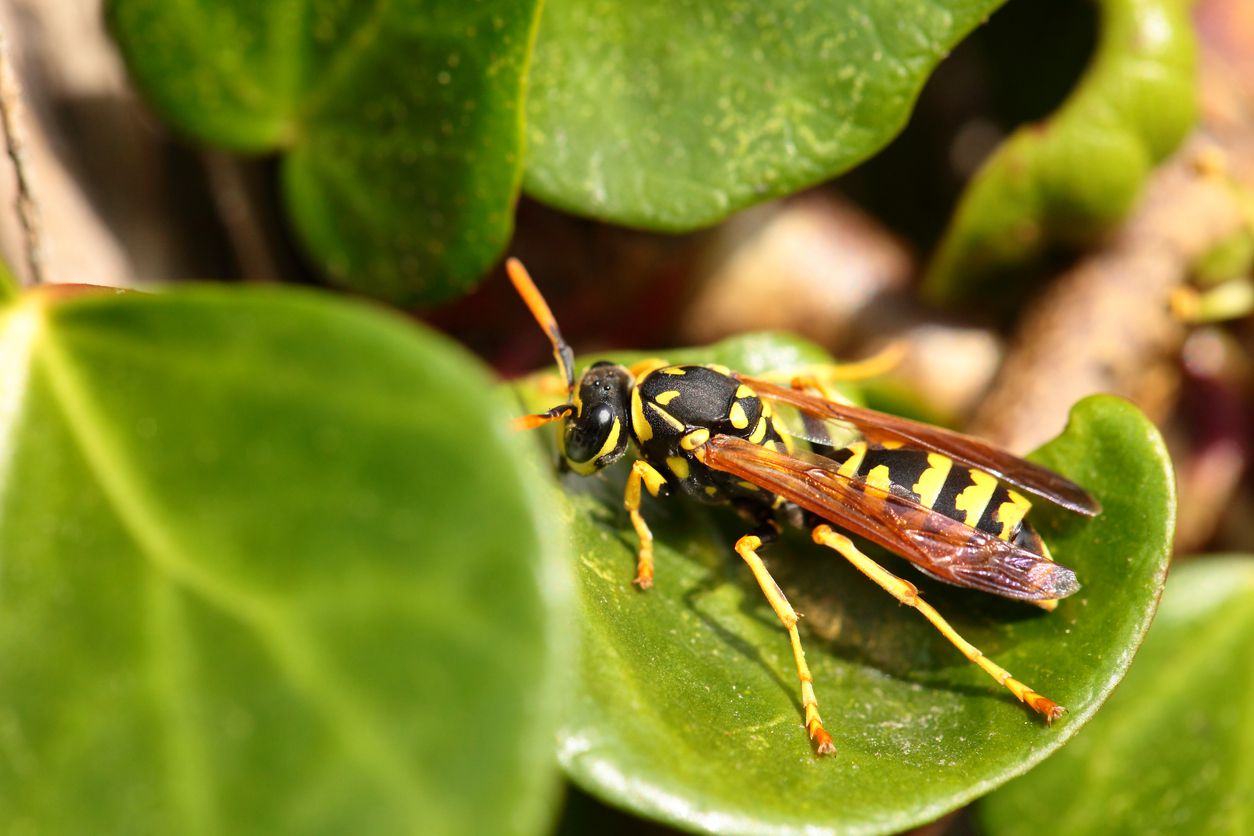
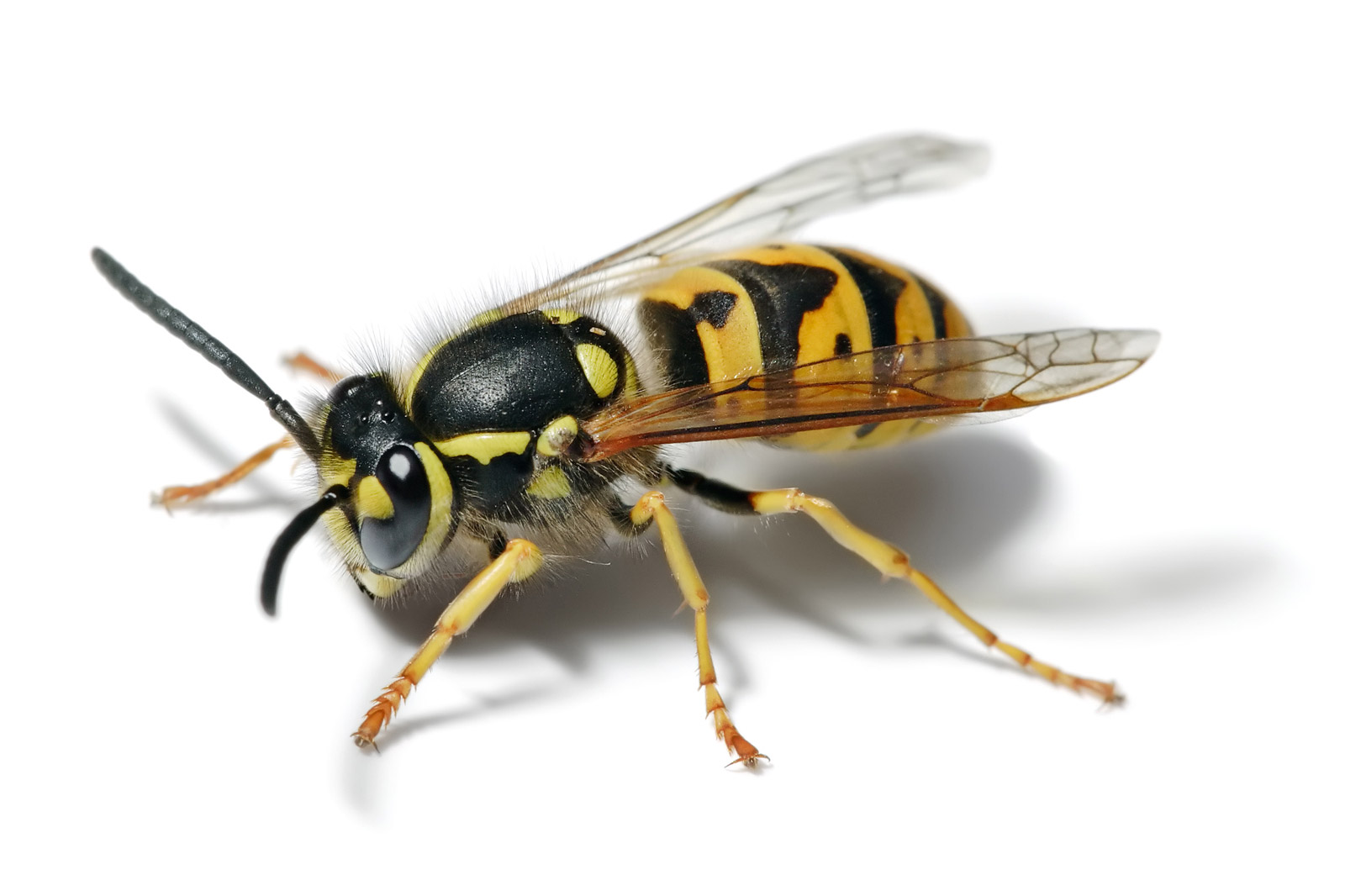
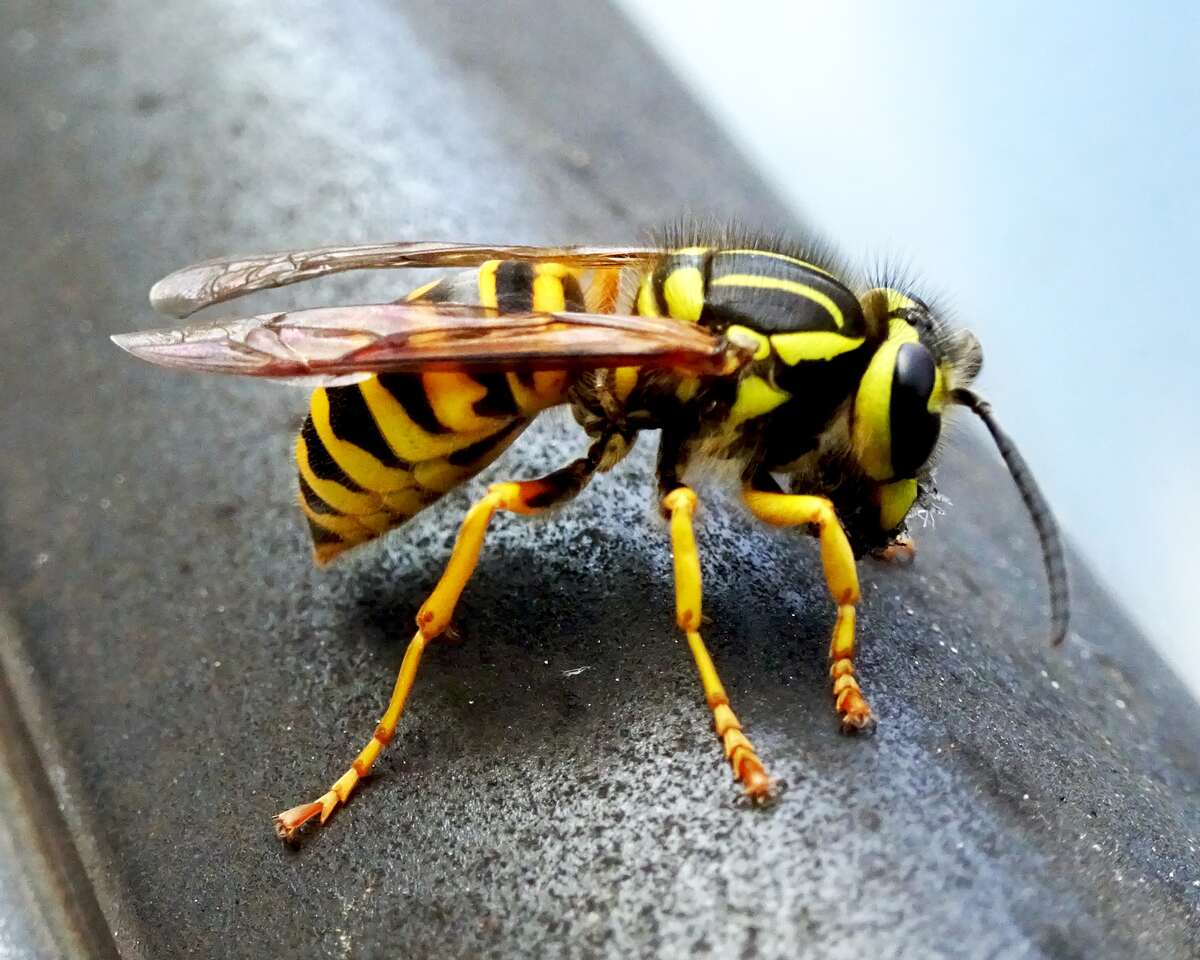
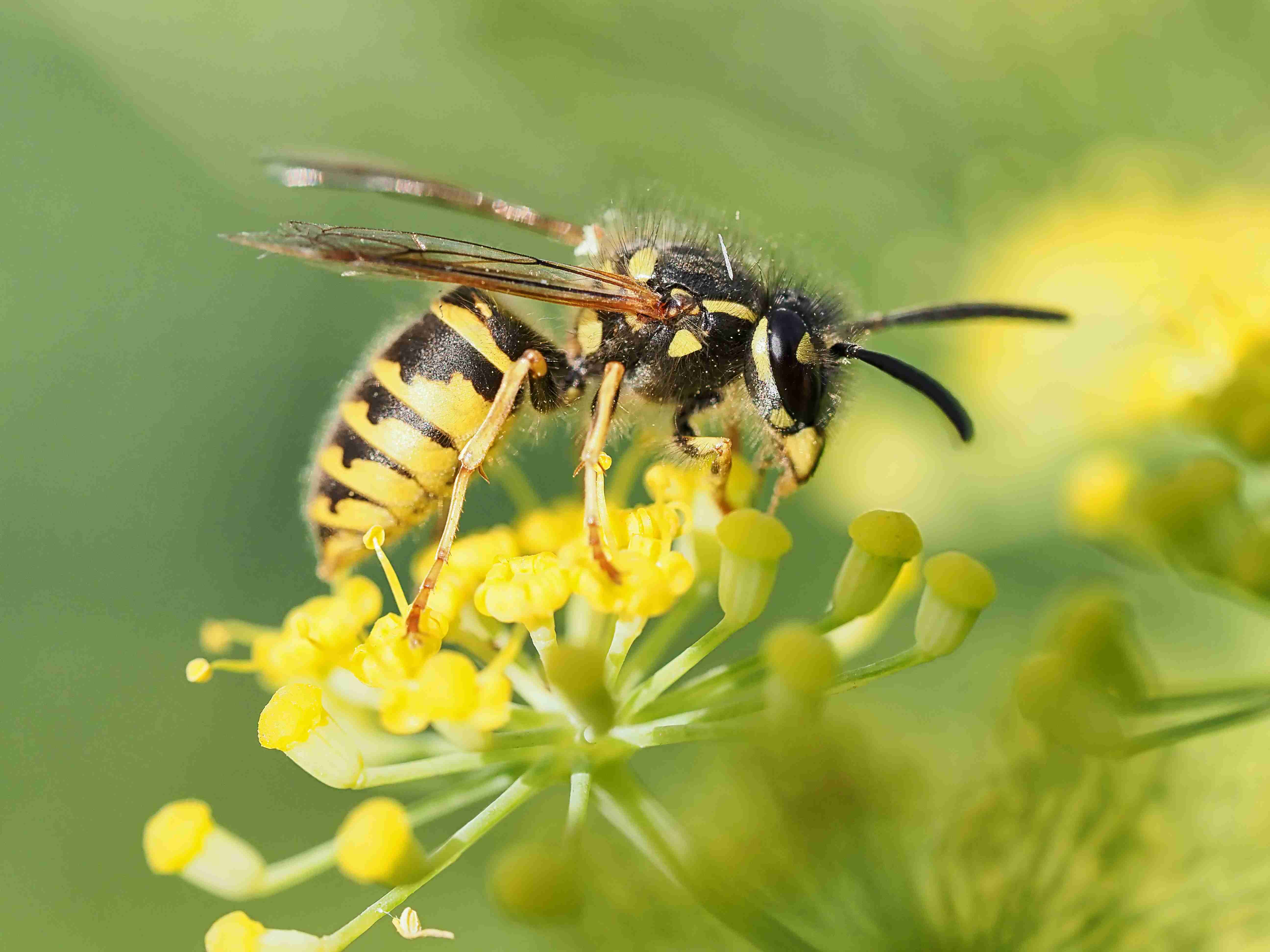
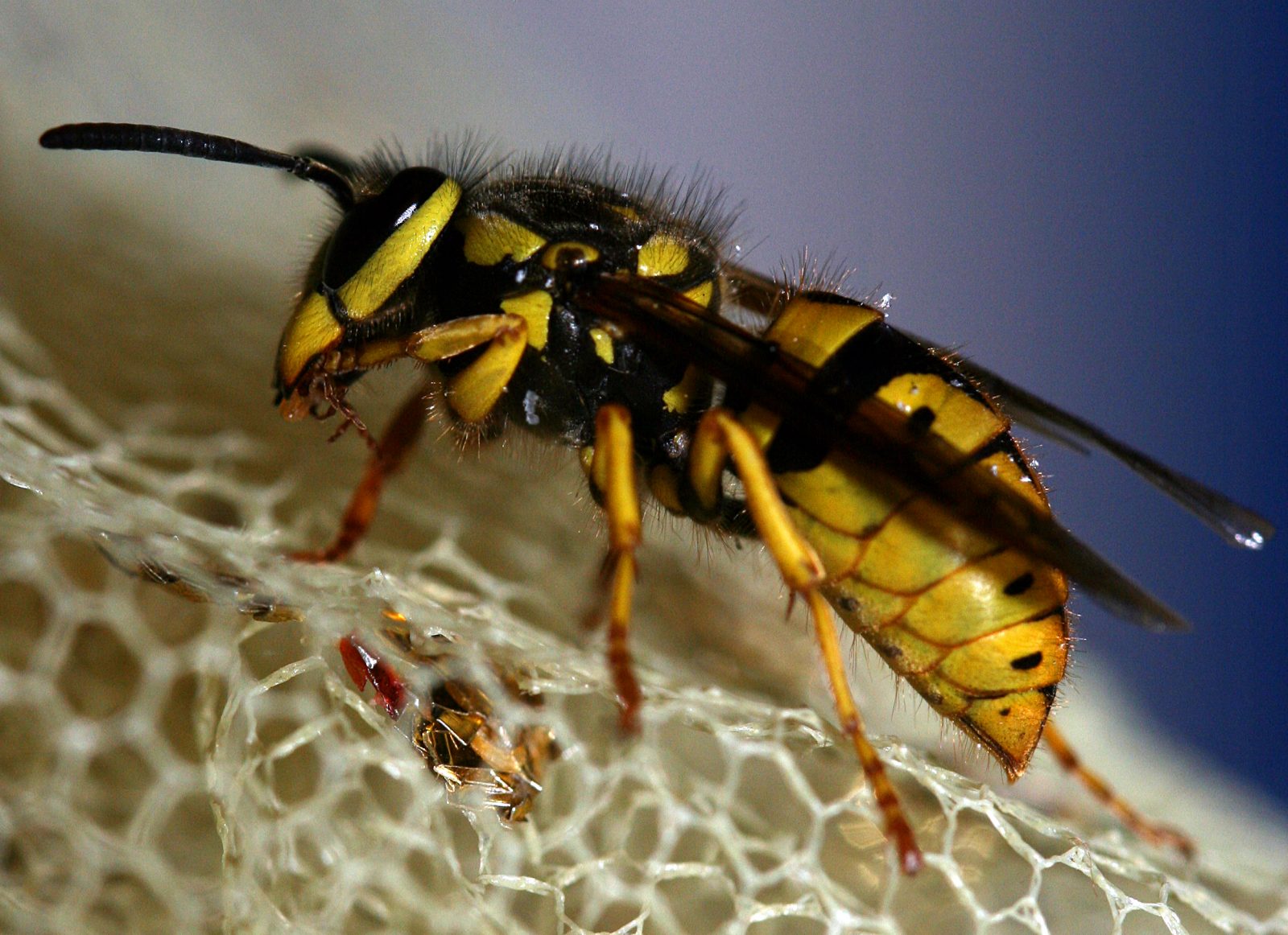
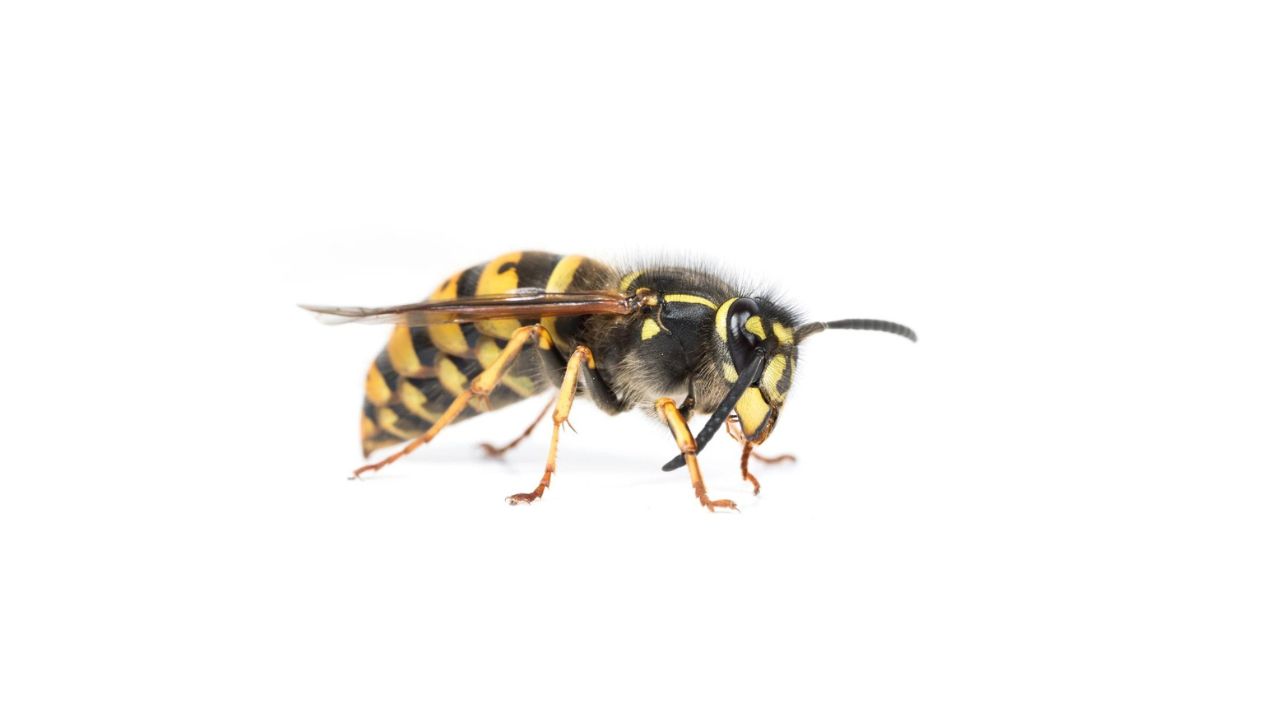
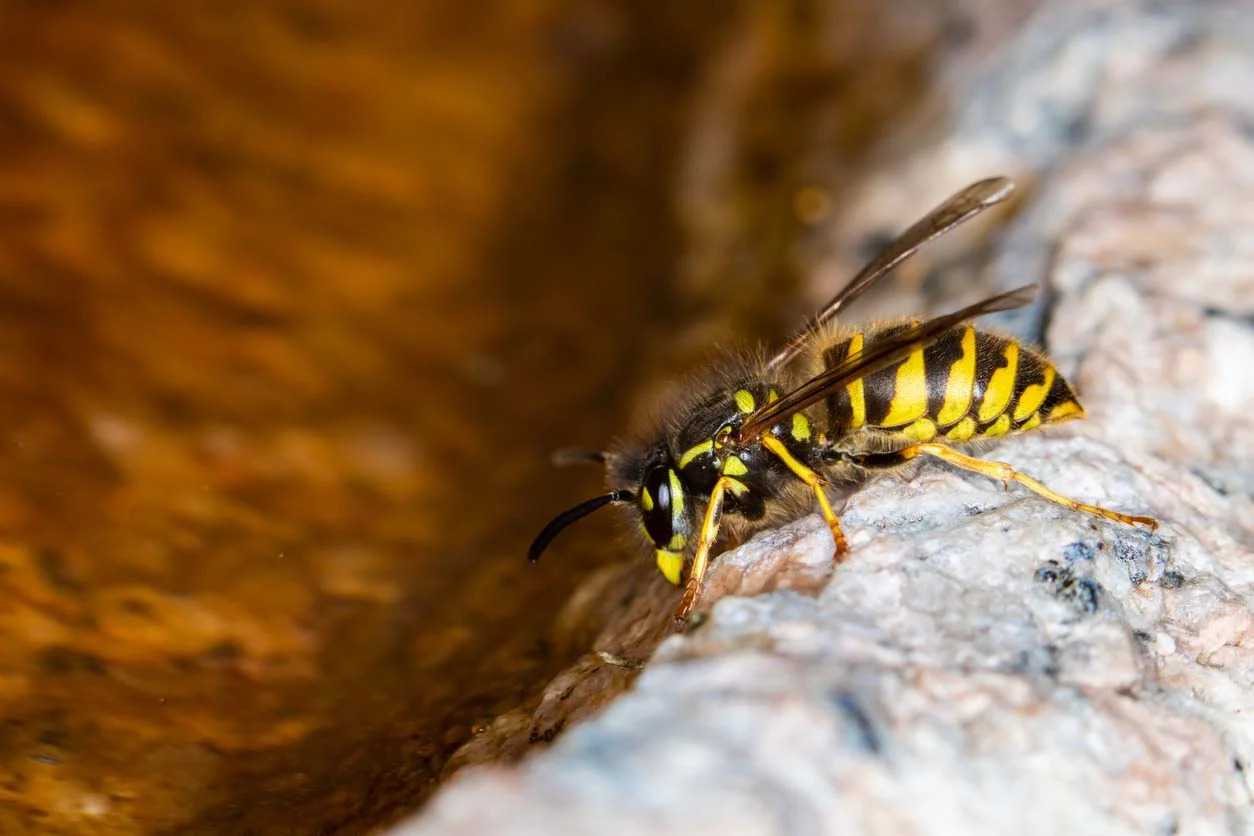
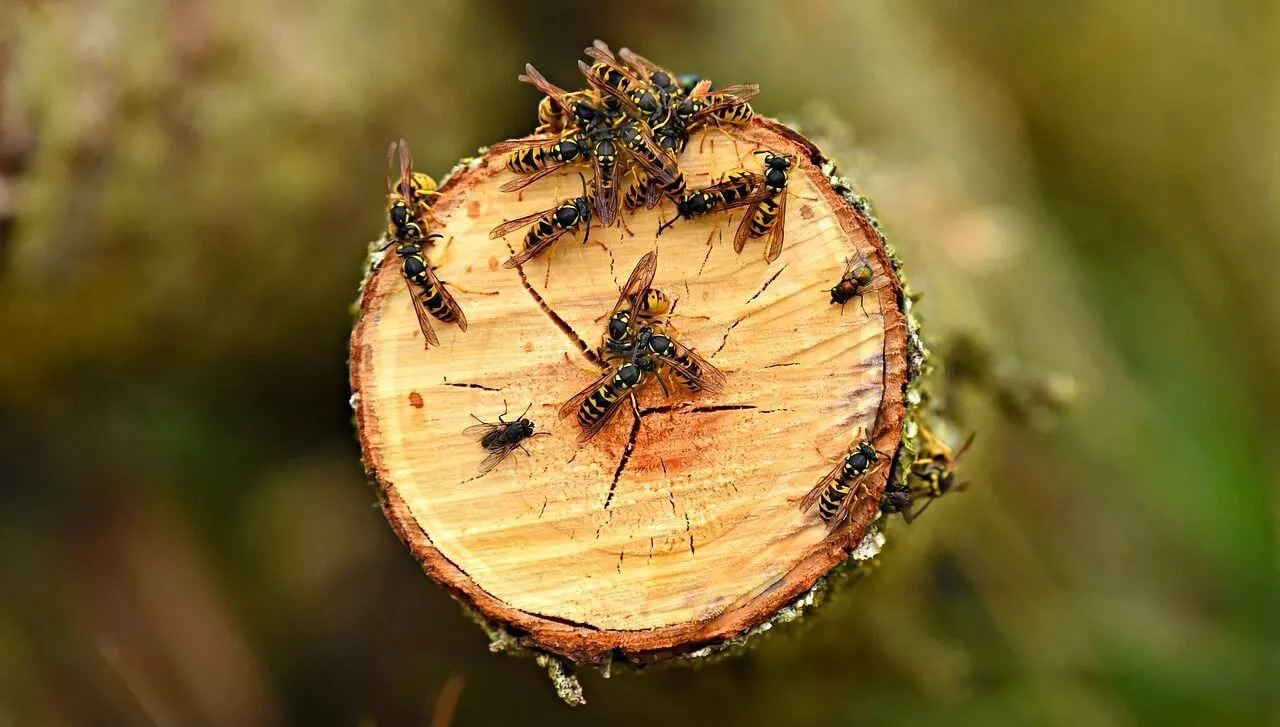

0 thoughts on “What Do Yellow Jackets Do When Nest Is Destroyed?”